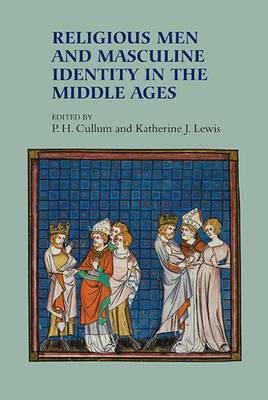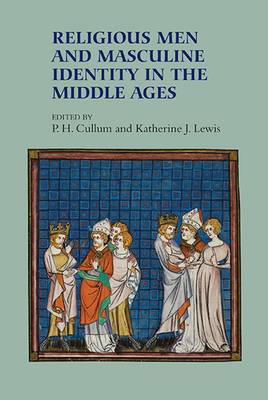
- Afhalen na 1 uur in een winkel met voorraad
- Gratis thuislevering in België vanaf € 30
- Ruim aanbod met 7 miljoen producten
- Afhalen na 1 uur in een winkel met voorraad
- Gratis thuislevering in België vanaf € 30
- Ruim aanbod met 7 miljoen producten
Zoeken
Religious Men and Masculine Identity in the Middle Ages
€ 177,45
+ 354 punten
Omschrijving
The complex relationship between masculinity and religion, as experienced in both the secular and ecclesiastical worlds, forms the focus for this volume, whose range encompasses the rabbis of the Babylonian and Palestinian Talmud, and moves via Carolingian and Norman France, Siena, Antioch, and high and late medieval England to the eve of the Reformation. Chapters investigate the creation and reconstitution of different expressions of masculine identity, from the clerical enthusiasts for marriage to the lay practitioners of chastity, from crusading bishops to holy kings. They also consider the extent to which lay and clerical understandings of masculinity existed in an unstable relationship, at times sharing similar features, at others pointedly different; the articles show this interplay to be more far more complicated than a simple linear narrative of either increasing divergence, or of clerical colonization of lay masculinity. They also challenge conventional historiographies of the adoption of clerical celibacy, of the decline of monasticism and the gendered nature of piety.
Specificaties
Betrokkenen
- Uitgeverij:
Inhoud
- Aantal bladzijden:
- 224
- Taal:
- Engels
- Reeks:
- Reeksnummer:
- nr. 9
Eigenschappen
- Productcode (EAN):
- 9781843838630
- Verschijningsdatum:
- 15/08/2013
- Uitvoering:
- Hardcover
- Formaat:
- Genaaid
- Afmetingen:
- 156 mm x 234 mm
- Gewicht:
- 494 g

Alleen bij Standaard Boekhandel
+ 354 punten op je klantenkaart van Standaard Boekhandel
Beoordelingen
We publiceren alleen reviews die voldoen aan de voorwaarden voor reviews. Bekijk onze voorwaarden voor reviews.










